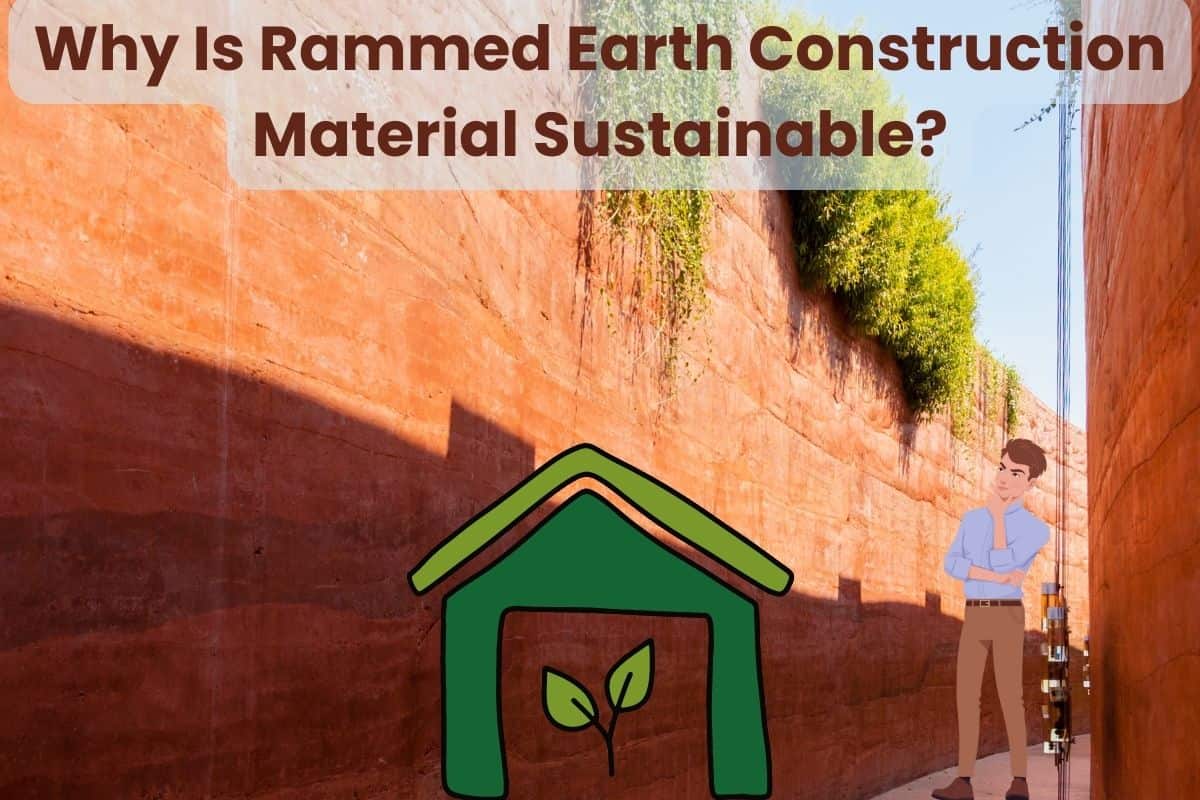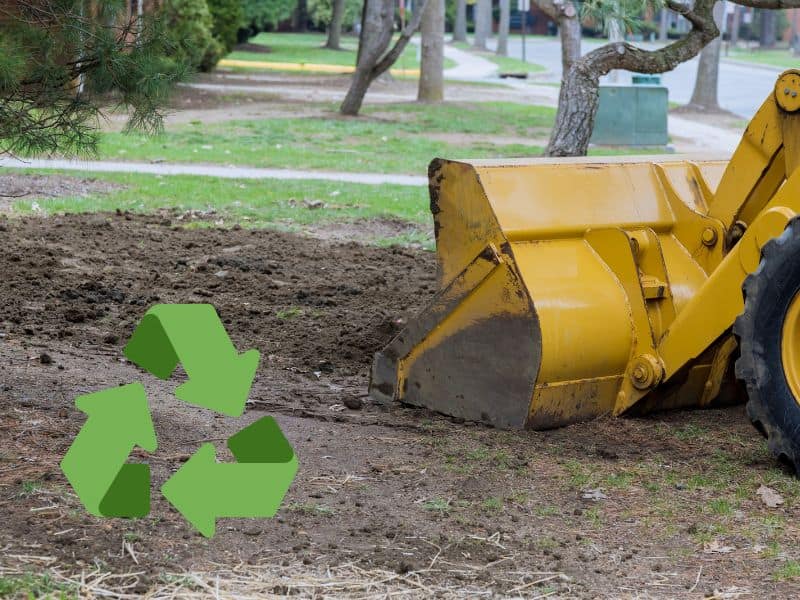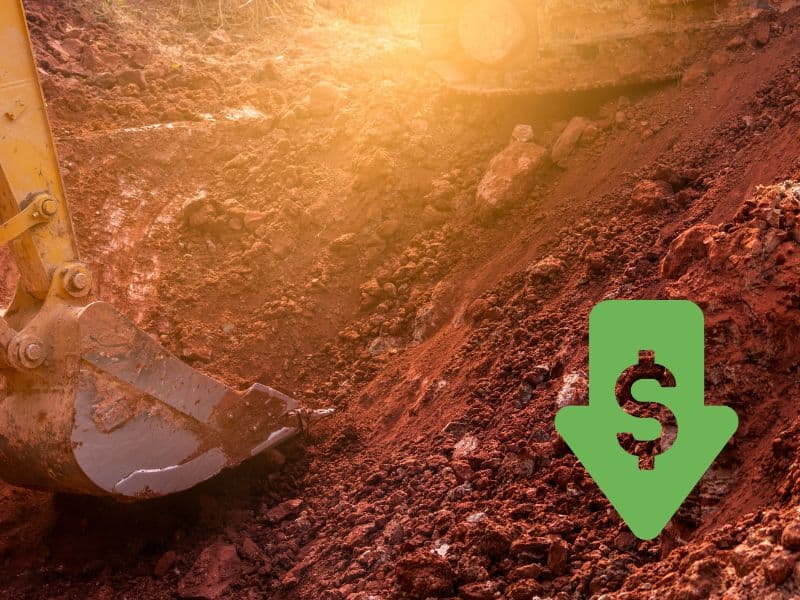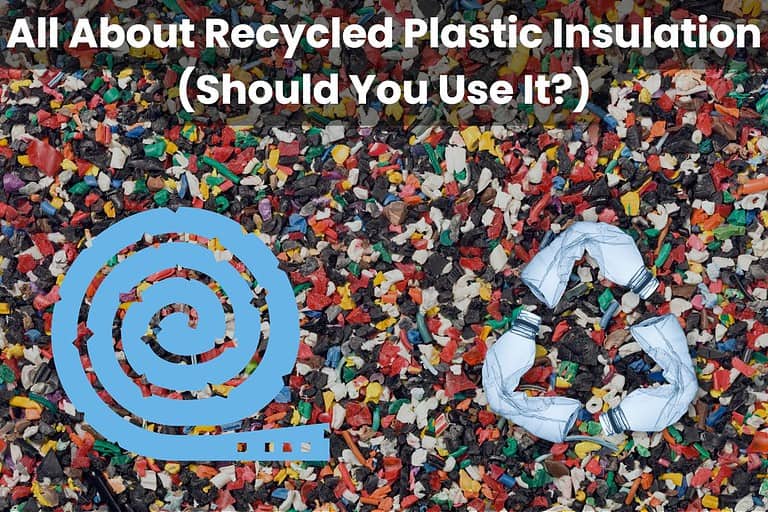Why Is Rammed Earth Construction Material Sustainable?

Research shows that the construction industry is responsible for 50 percent of climate change.
This has motivated architects, governments, and homeowners to turn to sustainable construction materials like rammed earth.
But what makes rammed earth construction material sustainable?
Rammed earth construction material is sustainable because of its low carbon footprint, recyclable nature, and low transportation emissions. With a 40th of concrete’s carbon footprint, rammed earth contributes toward reducing carbon dioxide, the gas responsible for 80% of global warming.
In the rest of this article, I’ll discuss why rammed earth construction material is sustainable. I’ll look at rammed earth from environmental, economic, and social sustainability perspectives.
This way, you’ll have a more rounded understanding of why rammed earth construction material is the ideal choice for sustainable building. So, let’s get started!
The Sustainability of a Construction Material

Before diving into what makes rammed earth sustainable, let’s have some background information on what qualifies a material to be sustainable.
The sustainability of construction materials is assessed through environmental, economic, and social lenses. The material must have minimal negative impacts on the environment, support economic growth, and promote social well-being throughout its lifecycle.
With that background in mind, let’s proceed to the sustainability of rammed earth building materials.
Environmental Sustainability of Rammed Earth
An environmentally sustainable material must be sourced responsibly, have a low carbon footprint, and be recyclable or biodegradable.
The following are the reasons that make rammed earth environmentally sustainable:
Low Carbon Footprint
Carbon dioxide is the main greenhouse gas that contributes to global warming. Therefore, the best way to reduce the construction industry’s impact on global warming is by shifting to materials with low carbon footprints.
Rammed earth has a low carbon footprint compared to other construction materials. For instance, while concrete has 635 kg embodied carbon per cubic meter, rammed earth has 48 kg embodied carbon per cubic meter.
From a carbon footprint standpoint, this makes rammed earth one of the most sustainable construction materials.
Recyclable Nature

Rammed earth is also recyclable due to its natural ingredients.
If a building made of rammed earth becomes obsolete, the material can be repurposed and reused instead of taking up space in landfills or polluting the environment.
For instance, if a rammed earth house comes to the end of its life, the material can be repurposed by blending the earth and using it for pathways, garden beds, or plinths.
Low Transportation Emissions
The raw materials for rammed earth construction can usually be sourced locally, meaning they have a lower transportation footprint than materials from faraway places.
It’s worth mentioning that construction contributes 1 percent of transport emissions. While that might seem negligible, it translates to 0.1 gigatons of carbon dioxide (GtCO₂).
Since rammed earth is mainly sourced locally, it minimizes transportation emissions while preserving the environment.
With fewer emissions released into the atmosphere, we’ll be on the right track for combating global warming from the construction industry.
Energy Conservation
Rammed earth has a high thermal mass due to its high density of 1,540 kg/m3 (96.14 lb/ft3).
The high thermal mass increases the specific heat capacity of rammed earth. This explains why the material has a high specific heat capacity of 1,260 J/kg∙K (300.94 BTU/lb∙°F).
In turn, the high specific heat capacity increases the heat retention capacity of rammed earth. What does that mean?
Rammed earth absorbs and stores heat from the sun during the day and releases it during cold nights. This minimizes energy consumption since you don’t have to rely on artificial heating to keep the house warm when the air cools outside.
Economic Sustainability of Rammed Earth
An economically sustainable material must be affordable, readily available, have a long lifespan, and contribute to the local economy.
Rammed earth is an economically sustainable building material for the following reasons:
It’s Readily Available and Affordable

Thanks to the economic rule of supply and demand, the availability of a material goes hand in hand with affordability.
Rammed earth is readily available in most countries due to its simple ingredients – sand, clay, and gravel.
The material is often obtained for free at the construction site, eliminating the need for transportation and saving money on fuel.
Despite the relatively cheap raw materials, the cost of building with rammed earth can be higher than many alternatives because it is so time-consuming to build with. And, as we all know, time is money.
Long Lifespan
Houses built with rammed earth can last over 1,000 years with minimal maintenance.
Rammed earth’s longer lifespan means fewer regular replacements.
According to some estimates, conventional buildings built from a combination of wood and masonry typically last around 120 years. Modern buildings, such as those built with large glass walls supported by reinforced concrete, might only last 60 years.
Some commercial buildings have life expectancies even lower than that and are often cheaper and easier to knock down and start again from scratch when changes are needed.

The longer lifespan of rammed earth means it continues to provide value well into the future compared with other more short-term buildings, making it more economically sustainable and requiring less energy over the long term.
Impact on the Local Economy
Rammed earth is also beneficial to the local economy. The economic benefits are usually in terms of employment and taxes.
Rammed earth construction is labor-intensive with less opportunity for automation compared with other materials, such as bricks or concrete blocks. This is why rammed earth construction costs between $50 and $225 per square foot, while concrete costs between $4 and $8 per square foot.
Therefore, rammed earth construction employs more people than other building materials, boosting the local economy.
Moreover, when used with other sustainable materials such as timber, rammed earth boosts the local economy by creating a demand for other materials.
Social Sustainability of Rammed Earth
Socially sustainable construction materials must support the health and well-being of the people using the building and the surrounding area.
Rammed earth is a socially sustainable material for the following reasons:
Improved Indoor Air Quality

Rammed earth is non-toxic and doesn’t contain volatile organic compounds (VOCs).
VOCs are poisonous gasses that can cause health problems such as nausea, headaches, dizziness, and respiratory illness.
Since rammed earth doesn’t contain VOCs, it improves indoor air quality, protecting the people’s health in the building.
Moreover, due to its high thermal inertia, rammed earth absorbs and stores heat, which it releases when it gets cold. This makes the indoor air warmer and more comfortable.
Excellent Soundproofing
The high density and mass of rammed earth make it an excellent soundproofing material. It absorbs and reduces noise from the outside, thus enabling people to live in peace without being disturbed by external noise.
Due to its ability to stop reverberation, rammed earth is suitable for use in homes and offices with loud appliances, such as washing machines.
Conclusion: What Makes Rammed Earth Construction Material Sustainable?
Rammed earth construction material is environmentally, economically, and socially sustainable.
From its low carbon footprint and local availability to its soundproofing qualities, rammed earth is an excellent choice for sustainable construction.
Coupled with other sustainable materials like timber, rammed earth can contribute to a greener, healthier, and more comfortable world.
Before you leave, check out these awesome examples of rammed earth architecture.







